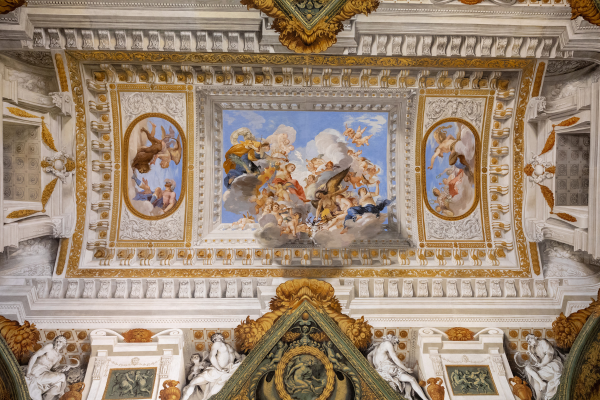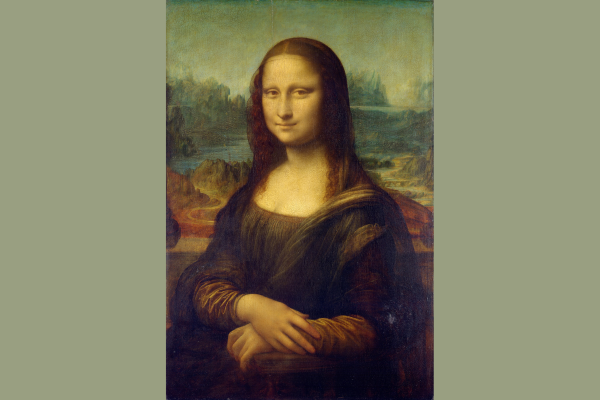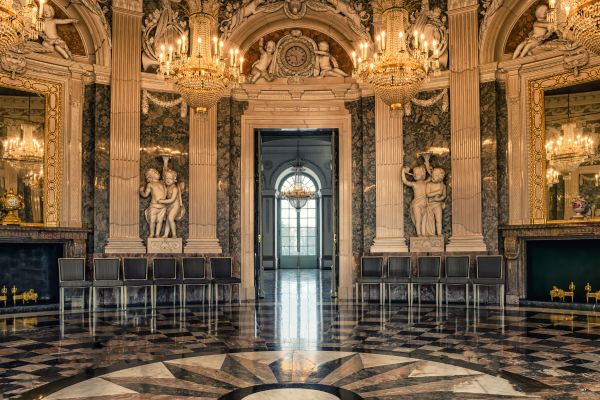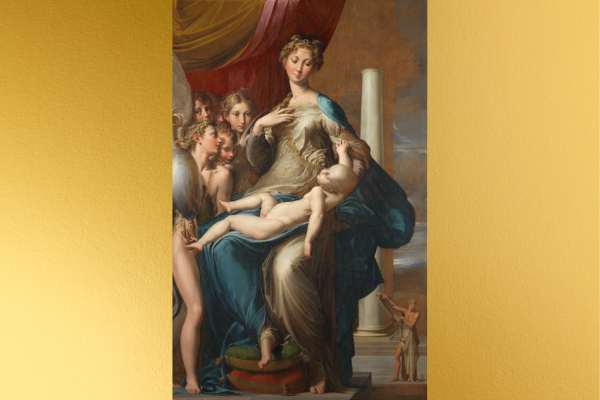In the luminous tapestry of art history, few figures shine as brightly as Michelangelo Buonarroti. Born in the heart of the Renaissance, this prodigious Italian maestro forever altered the course of art and architecture, leaving an indelible mark that has transcended time. Known predominantly for sculpting the ‘David’ and painting the celestial wonders of the …
The Renaissance, a fervent period of European cultural, artistic, political, and economic rebirth, emerged from the twilight of the Middle Ages, ushering in an age of renewed interest in classical learning and values. Spanning roughly from the 14th to the early 17th century, this epoch was not just an artistic movement but a cultural awakening …
Brief definition of Baroque. The term “Baroque” refers to a European cultural and artistic movement that spanned from the late 16th century to the mid-18th century. Characterized by ornate detail, elaborate ornamentation, and a dramatic interplay of light and shadow, the Baroque movement sought to evoke strong emotions and captivate the viewer’s senses. It emerged …
In the rich and diversified tapestry of art history, Mannerism emerges as an intriguing interlude between the classical harmonies of the High Renaissance and the drama of the Baroque. Born in the tumultuous corridors of 16th-century Italy, Mannerism is often seen as a reaction to the humanism and perfect symmetry that characterized the works of …
A brief historical context of the period preceding the Renaissance. In the very heart of Europe, during the transition between the Middle Ages and the Modern Age, a movement took shape that would redefine the continent and, subsequently, the world: The Renaissance. However, to grasp its magnitude, it’s essential to step back and position oneself …




